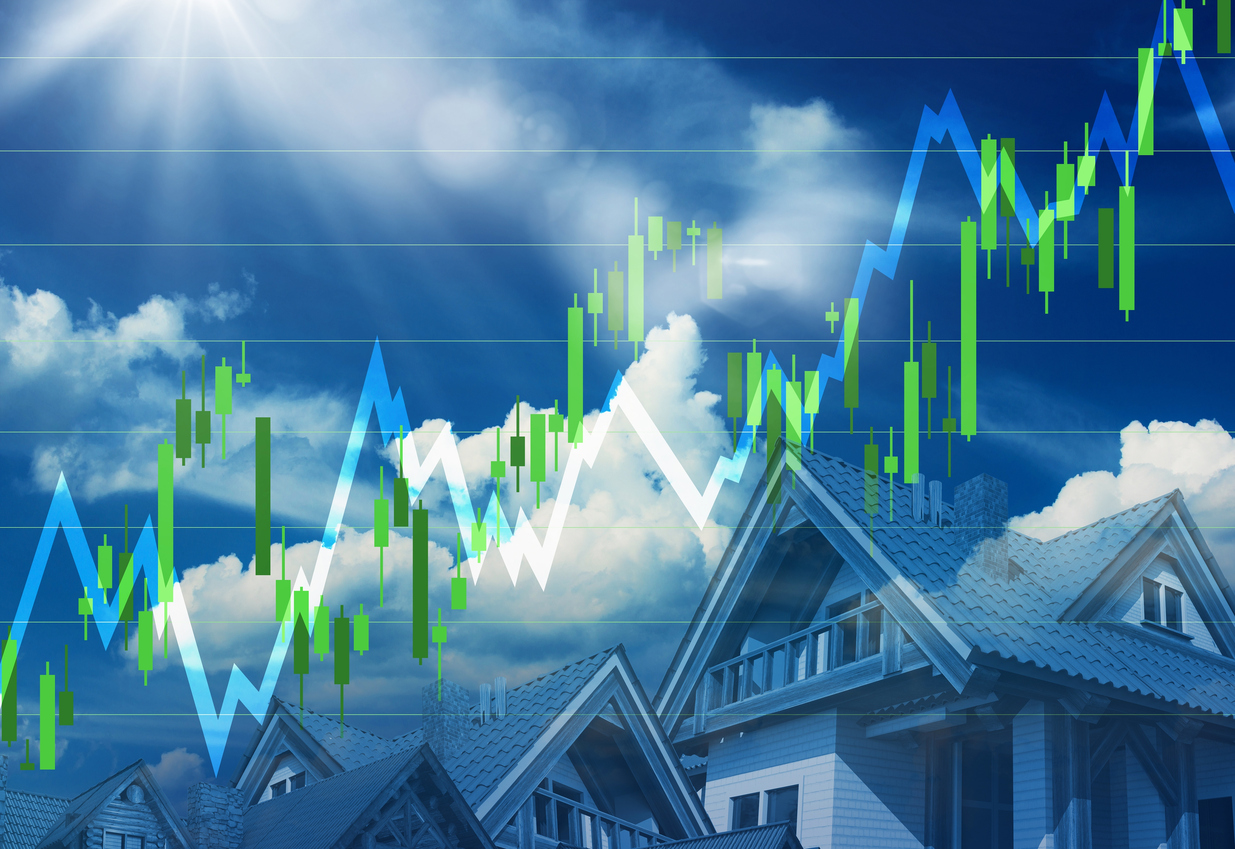Analysts said that property catastrophe retrocession was the brightest spot at the 1/1 renewals, with rate increases of between 10% and 20% on average, and peaks of up to 35% on loss-affected accounts.
A.M. Best attributed the rise in pricing to the elevated level of catastrophe losses in 2018, as well as to a capacity crunch in the collateralised retro space, with investors responding to the high levels of funds that remained trapped to cover the development of 2017-2018 cat losses.
Approximately 20% of the 2018 total third-party capital is currently trapped in funds and will not be released until insurance loss estimates are finalised.
Rates in the retrocession space were in contrast to the broader trends at the January renewals, which were largely flat with mild increases across some geographies and loss-affected lines.
For example, catastrophe loss-affected property programs saw the largest increases, with spikes of up to 20%, while accounts affected by non-cat loss during 2018 renewed at flat to up 10%.
Loss-free programs mostly renewed flat, with no more than 5% rate movements for cat perils, analysts noted, while pricing conditions for non-cat risks further deteriorated.
Casualty and specialty reinsurance also saw some mild price increases as companies took steps to improve unsustainable rate levels in some lines following multiple years of losses and rate declines.
Reinsurers had been expected to significantly adjust their pricing in an effort to reverse the market’s depressed performance following a second consecutive year of heavy catastrophe losses (more than $70 billion in 2018).
While some hope remains for April and June/July, when further loss-affected lines in Japan and U.S renew, A.M. Best said that January was overall disappointing and far from a turning point for the reinsurance segment.
The pricing gap between treaty reinsurance and retrocession only widened further at 1/1, and analysts claimed that reinsurers will have to bridge that gap to keep their earnings profile afloat.
However, while the renewals may suggest that third-party capital has become more concerned about returns, A.M. Best believes that investors will continue to invest in third-party capital and that the alignment between third-party and traditional capital will endure, guaranteeing an a continued abundance of capacity for the re/insurance industry.
This is partly because reinsurance investments constitute a minor portion of the portfolios of most institutional investors and pension funds, and therefore do not have a major impact on their overall performance.
Additionally, reinsurance as an asset class has proven moderately profitable over the long-term, as evidenced by the ILS Index’s aggregate cumulative return of nearly 80% for the 12 years from January 2006 to December 2018, which corresponding to annualized aggregate returns of approximately 4.5%.













